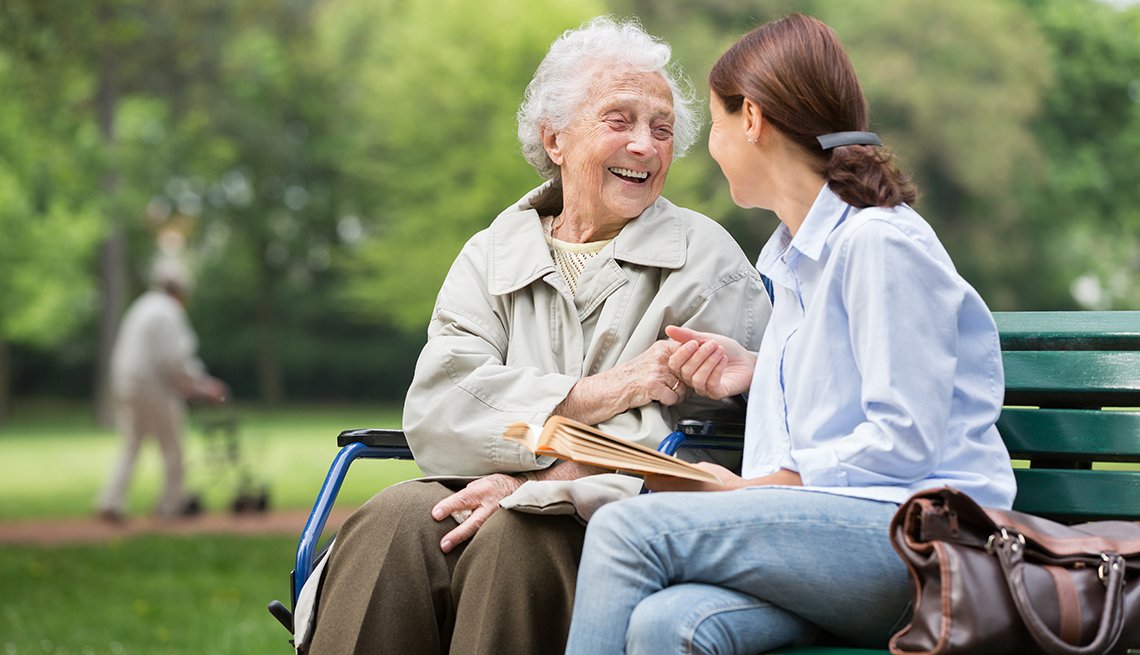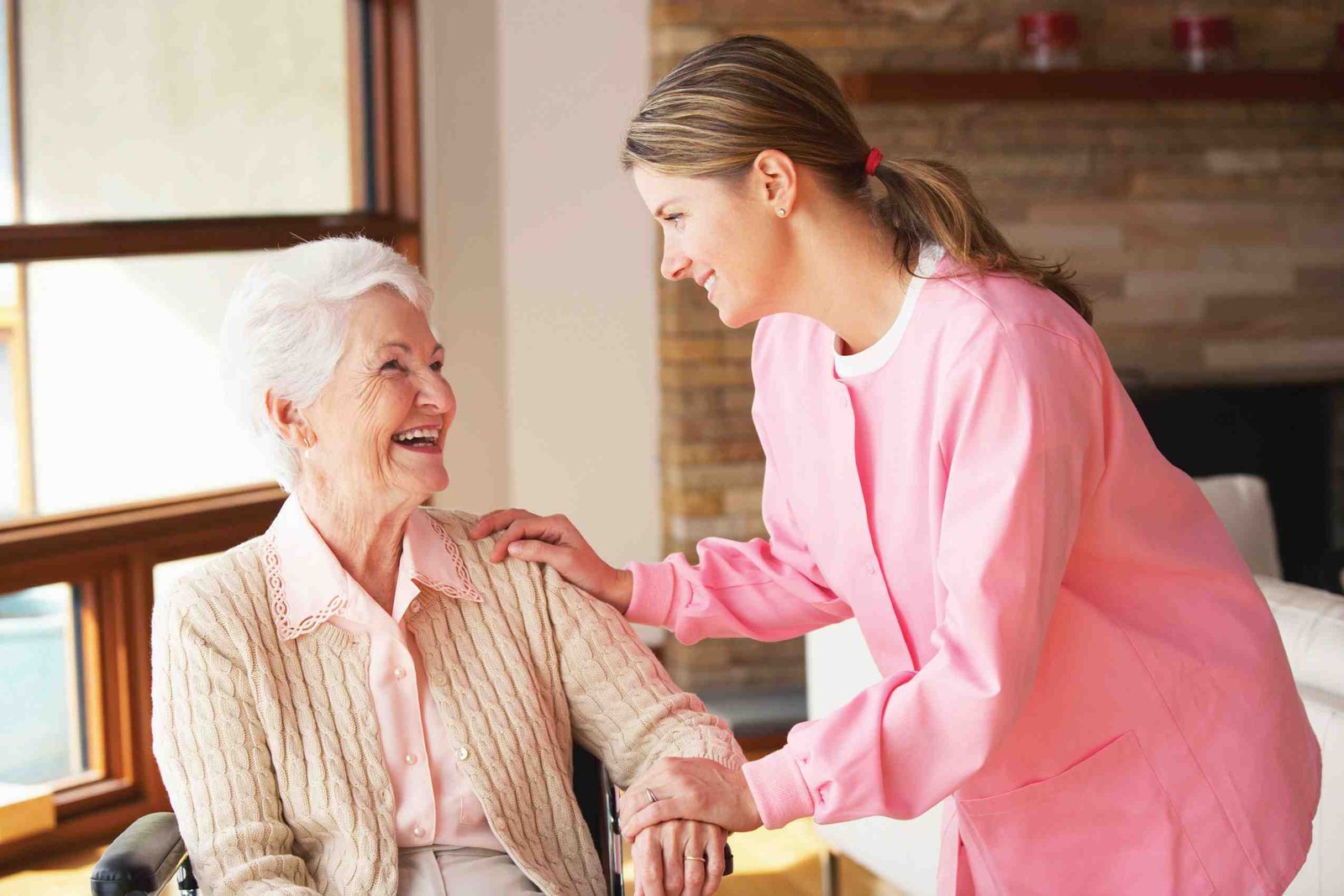Being a family caregiver is critical to the patient’s recovery, but can be overwhelming if not equipped with the right equipment. When someone needs long-term care at home, it is often up to a partner or family member to step in to help, sometimes at the risk of their own health and happiness.
If you’ve ever heard terms like “lay caregiver” or “informal caregiver” and wondered what they mean, you’re in the right place. Let’s understand what it means to be a lay caregiver.
What is a lay caregiver?
The Care Act defines a lay caregiver as someone, usually a family member or friend, who assists a patient with their basic needs at home after they are discharged from the hospital. This job is critical because it allows the patient to remain in a familiar and comfortable setting while receiving the care they require.
Even without medical training, these caregivers play an important role in the health and recovery of their loved ones, supporting professional home care staff and ensuring that the patient’s needs are met in a loving and knowing environment in the right direction. They often help with daily activities, such as assisting with personal hygiene, preparing meals, and managing patients’ medical issues. For children or those with Alzheimer’s and other diseases, they provide extra attention and care with medical needs.
Are there any requirements to become a lay caregiver?
If you’re thinking of becoming a lay caregiver, it’s essential to understand that the role calls for a deep sense of empathy, patience, and adaptability, especially when dealing with individuals facing physical or mental health challenges.
Providing your necessary data, such as contact information and medical and criminal records, to the patient’s legal guardian is vital for effective communication. Age isn’t a barrier in this role, with caregivers ranging from teenagers to those in their later years. Understanding these requirements will equip you to make informed decisions about this vital responsibility.

What are the duties of a lay caregiver?
Depending on the discharge plan and the patient’s needs, the duties of a typical caregiver may vary. But mostly, it includes activities of daily living such as bathing, dressing, toileting, and preparing and giving food. They can also assist in shopping, home improvements, appointments with doctors and social events. Sometimes, caregivers may also be required to perform more complex healthcare tasks, such as administering medications or monitoring vital signs. In addition, the major part of their role includes providing emotional support and companionship.
Other than these tasks one of the major duties of a lay caregiver is to act as a communication bridge between the patient, family caregivers, and healthcare providers. This ensures that everyone involved in the patient’s aftercare is informed and aligned for an effective recovery or care.
What is the difference between a nurse and a lay caregiver?
Nurses and lay caregivers play vital roles in patient care, but their duties and responsibilities vary significantly. As healthcare professionals, nurses undergo extensive formal education and training to provide comprehensive medical care, including diagnosis, treatment, and management of health conditions. They work in various settings, from hospitals and clinics to nursing homes or rehabilitation facilities, adhering to federal law and guidelines.
On the other hand, a lay caregiver is usually a non-professional individual who provides culturally sensitive support in a patient’s residence. Despite their lack of formal medical training, they significantly contribute to the patient’s well-being, especially regarding emotional support and maintaining a comfortable environment by assisting with ADL.
Last Words
According to the Bureau of Labor Statistics, the United States has over 53 million unpaid caregivers, many of whom are elderly and struggling with their own health difficulties. Caring for a loved one may be extremely stressful, sometimes leaving caregivers feeling drained and frustrated. Although services are available to support the lay caregivers, they can be expensive and out of reach for many families.
Caregiver burden is a huge problem in this country. One of the main challenges is coping. Often the caregiver is a partner, someone they planned to grow up with, and then their worlds change completely. It is critical that we, as a society, support our lay caregivers and provide them with the appropriate tools and resources to appreciate their efforts and let them know that they have a shoulder to cry on.
Caregiving books are one way to provide support. These books can provide useful information, practical advice, and emotional support. Cancer research advocate and author Patrick Palmer has some amazing books that can be a great resource for caregivers. His books offer guidance and empathy, designed to help caregivers navigate their difficult roles.
Buy now and help lighten the burden of caregivers around you.




